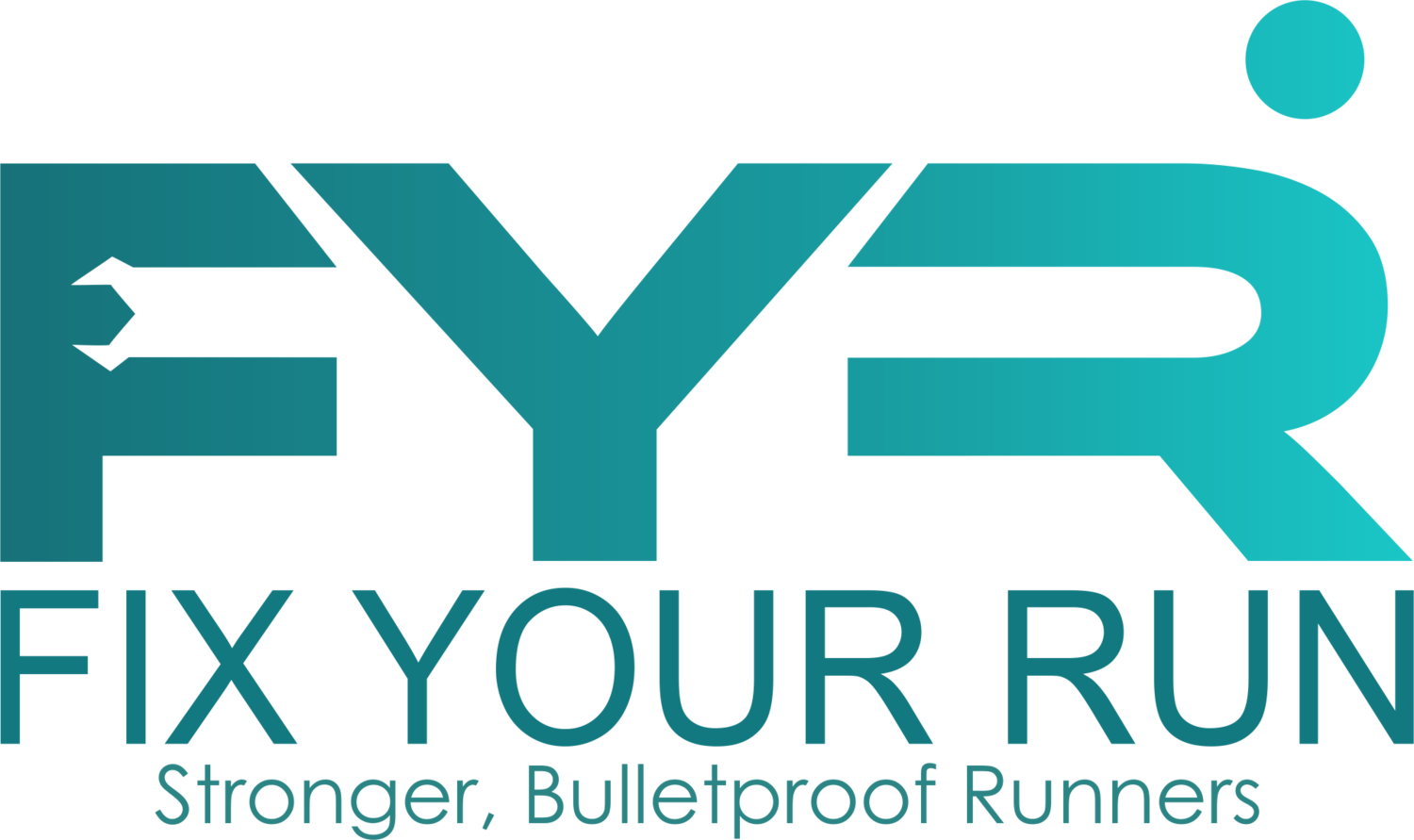First, You Need To Move Well - Pt. 2
So, in the last post I discussed why it's important to move properly and how you can't really expect to train at full bore unless you do. Without functional, basic human movement patterns as your foundation, you will be running and training on dysfunctional movement patterns. That doesn't sound good, but what does that mean exactly?
